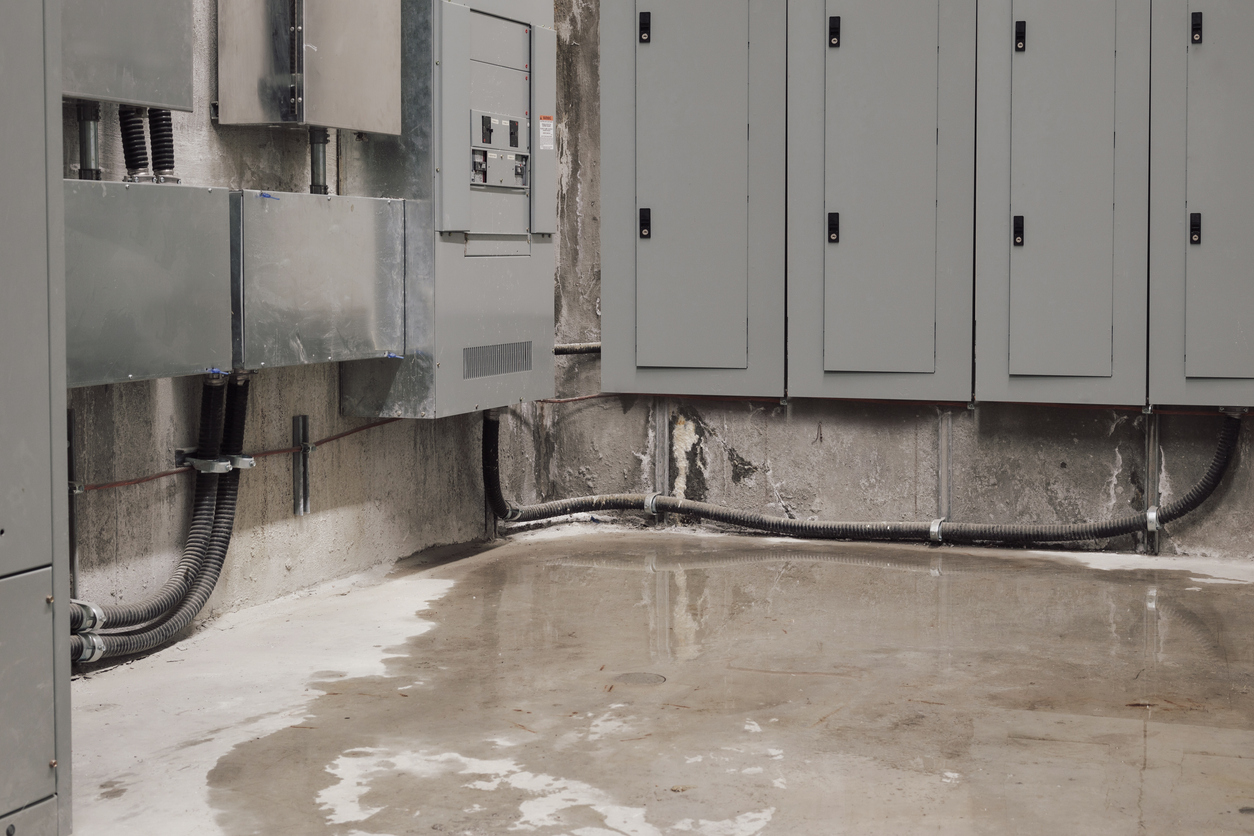Property policies usually include a mold exclusion. Water damage, however, is a commonly covered “cause of loss.” Mold growth and water infiltration have a close causal tie, and there has been a raging dispute in the industry over whether property policies respond to mold losses when water infiltration, a covered cause of loss, caused or contributed to the mold. The debate is complicated by fairly common exclusionary language that incorporates an “ensuing loss” exception:.
We do not cover loss caused by:
***
(2) rust, rot, mold or other fungi. …***
We do cover ensuing loss caused by collapse of the building or any part of the building, water damage, or breakage of glass which is part of the building if the loss would otherwise be covered under this policy.
Reasonably interpreted, the ensuing loss clause provides that if one of the specified uncovered events takes place, any ensuing loss which is otherwise covered by the policy will remain covered. The uncovered event itself, however, is never covered.
In Fiess v. State Farm Lloyds, the Texas Supreme Court resolved a long-running dispute within the state by concluding that the ensuing loss language did not restore coverage for mold loss:
To “ensue” means “to follow as a consequence or in chronological succession; to result, as an ensuing conclusion or effect.” An “ensuing loss,” then, is a loss which follows as a consequence of some preceding event or circumstance…. If we give to the language of the exception its ordinary meaning, we must conclude that an ensuing loss caused by water damage is a loss caused by water damage where the water damage itself is the result of a preceding cause.
Other courts have reached a different conclusion. In Reynolds v. Travelers Indemnity Company of America, a Kentucky court held such an exclusion pertains to “loss caused by mold, rather than loss in the form of mold.” The insureds made a claim under their policy for the theft of their refrigerator, but ensuing water damage caused mold damage that was excluded under the policy. The dispute centered on the cost to remediate the mold. The court agreed with the insureds and found coverage, “[s]ince there is no genuine issue of material fact with respect to the cause of the mold, we are satisfied that the costs associated with the removal of the mold are covered by the policy.”
In determining whether or not mold damage is excluded under an ensuing loss provision, courts often look to see if mold is the cause of damage or the result. Whether damage is covered as an ensuing loss is a fact specific question that generally must be analyzed according to the law in the jurisdiction where the claim arose.



